Black Olive Bonsai trees exude a captivating allure with their beautiful, lush leaves and intriguing growth pattern. These trees retain their vibrant green color throughout the year, adding a touch of refreshing elegance to any space they inhabit. The leaves of the Black Olive Bonsai grow in rich, dark green shades, further enhancing their visual appeal.
Appearance of Black Olive Bonsai
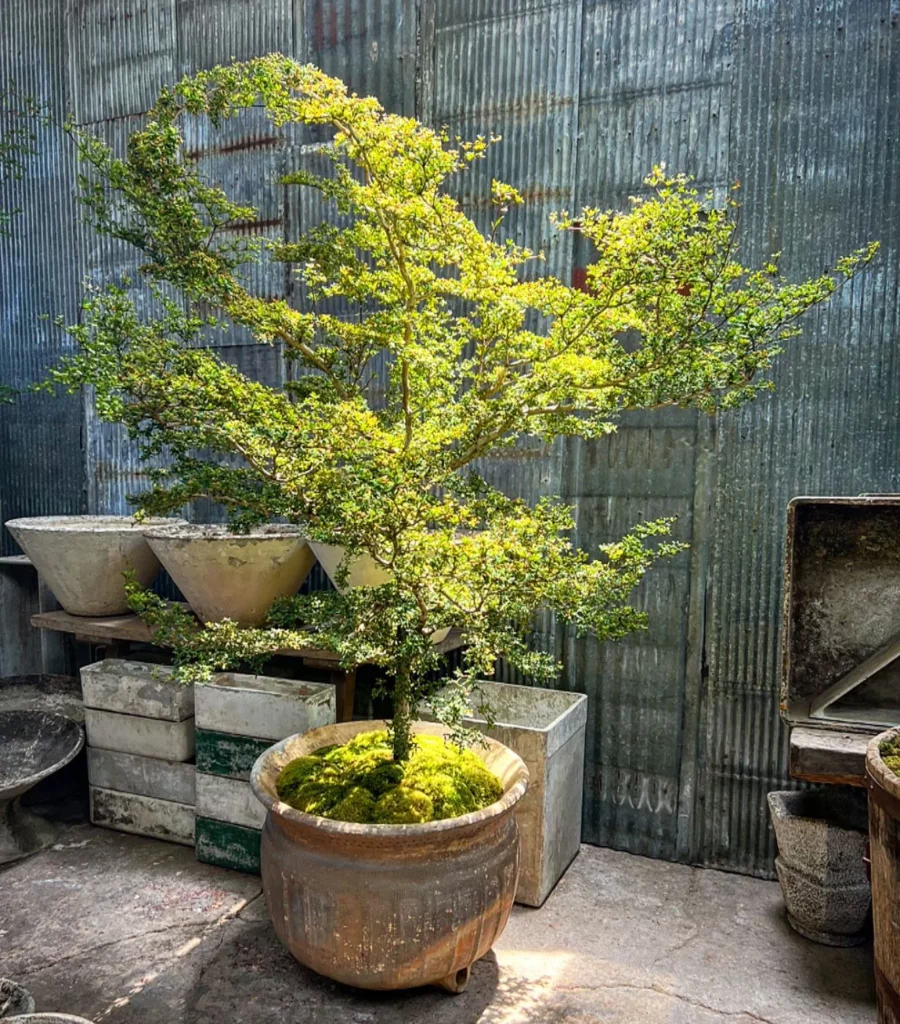

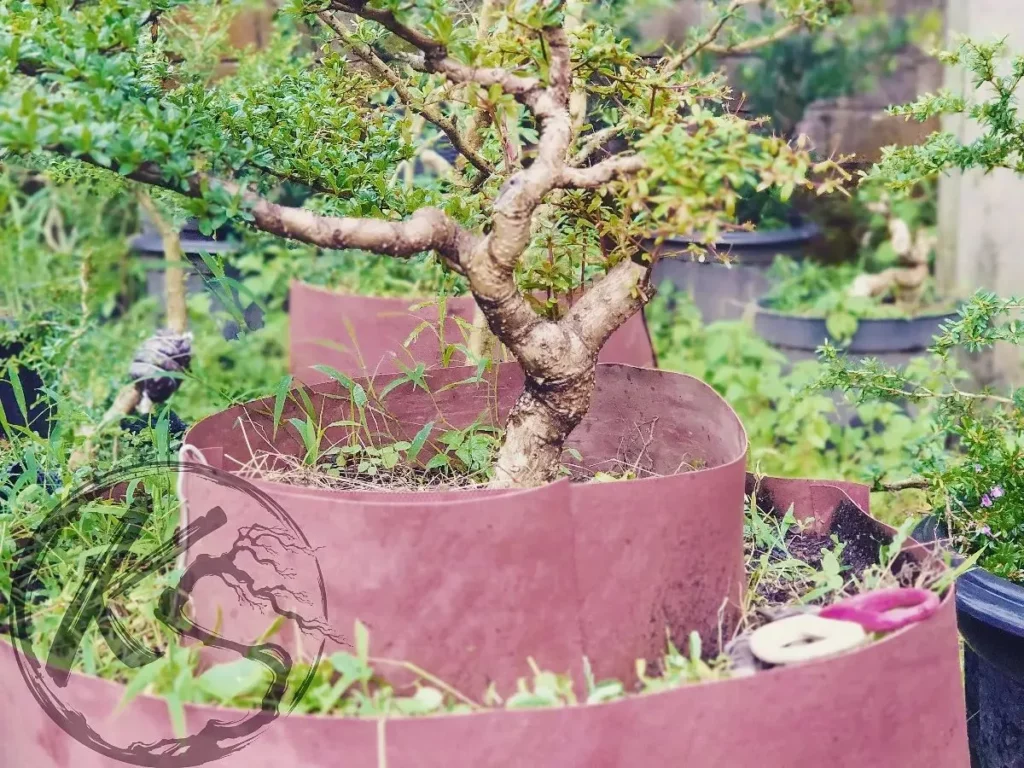
With their dense foliage and graceful branching, Black Olive Bonsai trees possess an unmistakable charm that mesmerizes onlookers. Their compact size and carefully cultivated form make them perfect for both indoor and outdoor settings, allowing you to appreciate their serene beauty wherever you choose to display them.
In addition to their stunning aesthetics, Black Olive Bonsai trees are remarkably resilient and adaptable. They possess a high tolerance to salt, which makes them suitable for cultivation in coastal areas where other plants might struggle. This hardiness, combined with their captivating appearance, makes Black Olive Bonsai an excellent choice for those seeking a visually striking and low-maintenance bonsai tree.
Light Requirements for Black Olive Bonsai
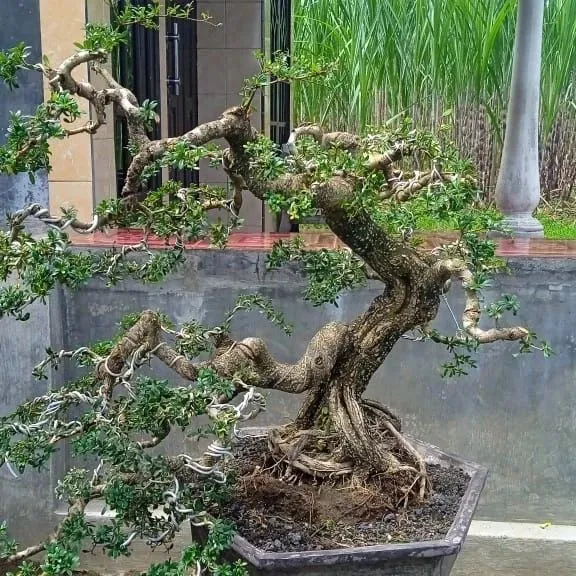
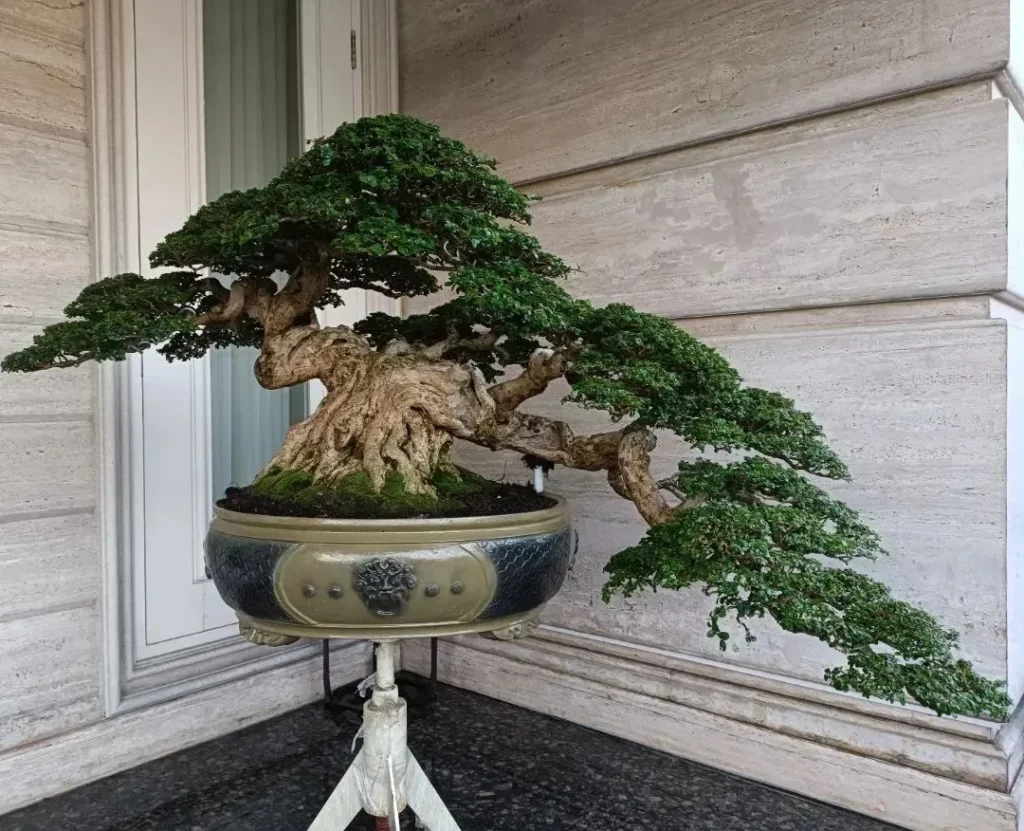
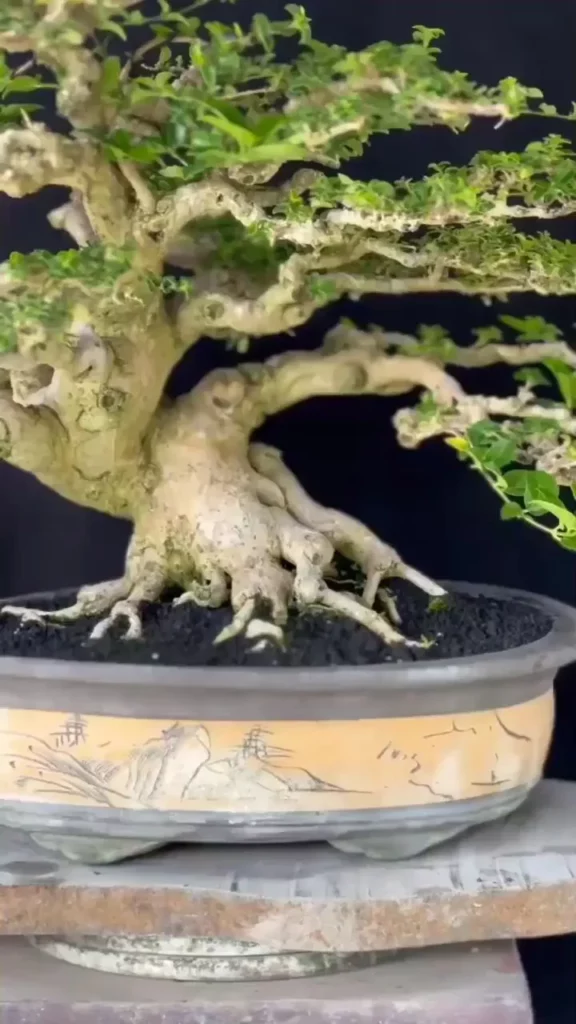
Black Olive Bonsai trees thrive in warm climates with plenty of sunlight. If you’re fortunate enough to live in a tropical or subtropical region, these trees will truly flourish. Adequate exposure to sunlight is crucial for the growth and development of your Black Olive Bonsai. To ensure its health and vitality, it’s recommended to place the bonsai in a location with bright, indirect sunlight for at least 6-8 hours a day.
When selecting a spot for your Black Olive Bonsai, consider a place where it can receive optimal sunlight without being exposed to harsh direct rays. This protection will prevent the leaves from scorching and ensure the tree’s well-being. A bright corner or a well-lit windowsill would be ideal for your bonsai’s light requirements.
Watering Black Olive Bonsai
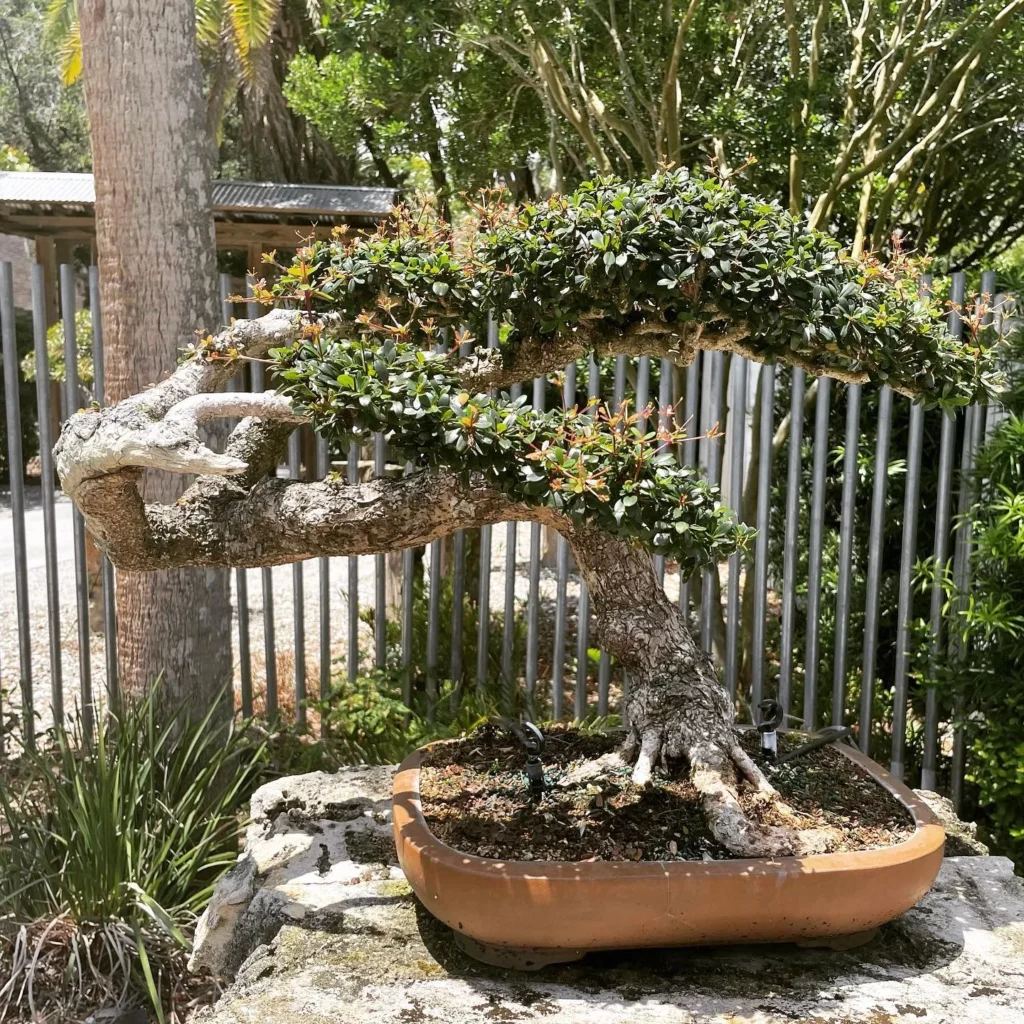
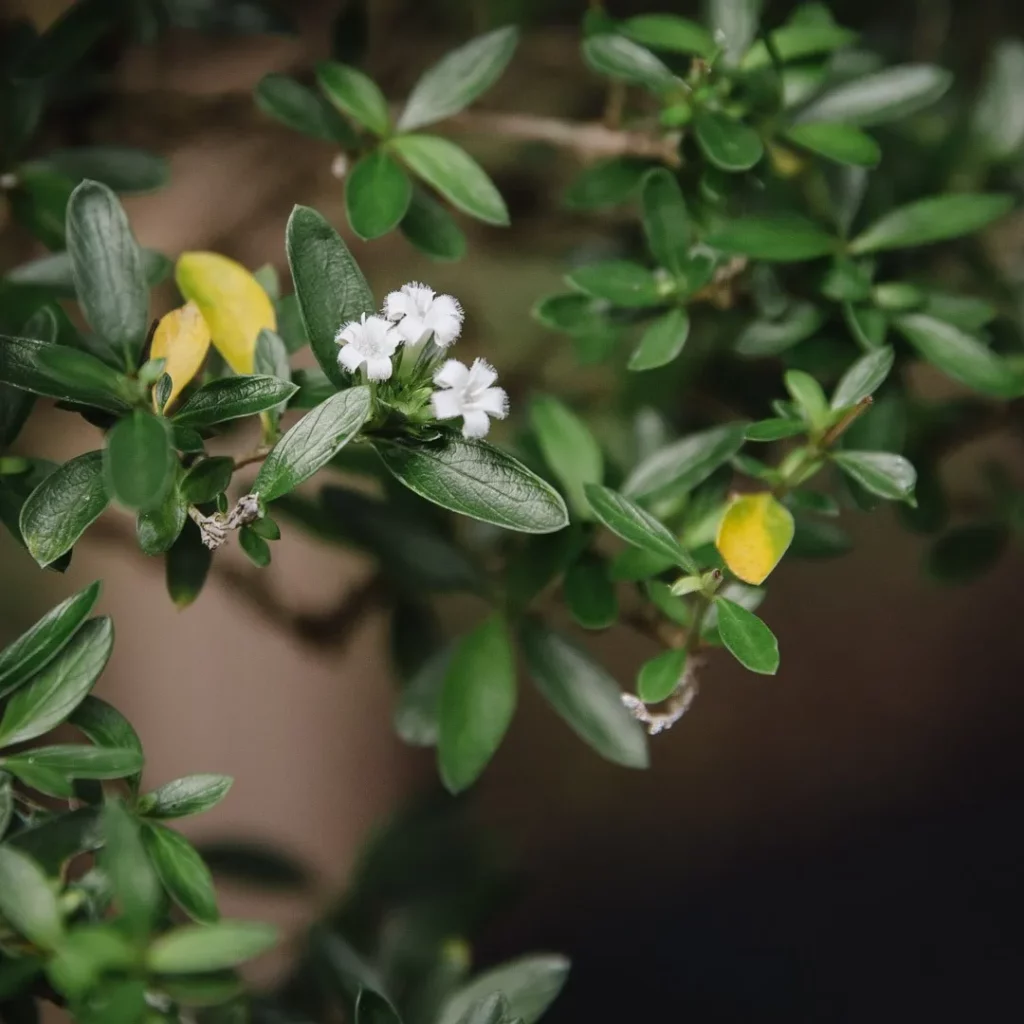
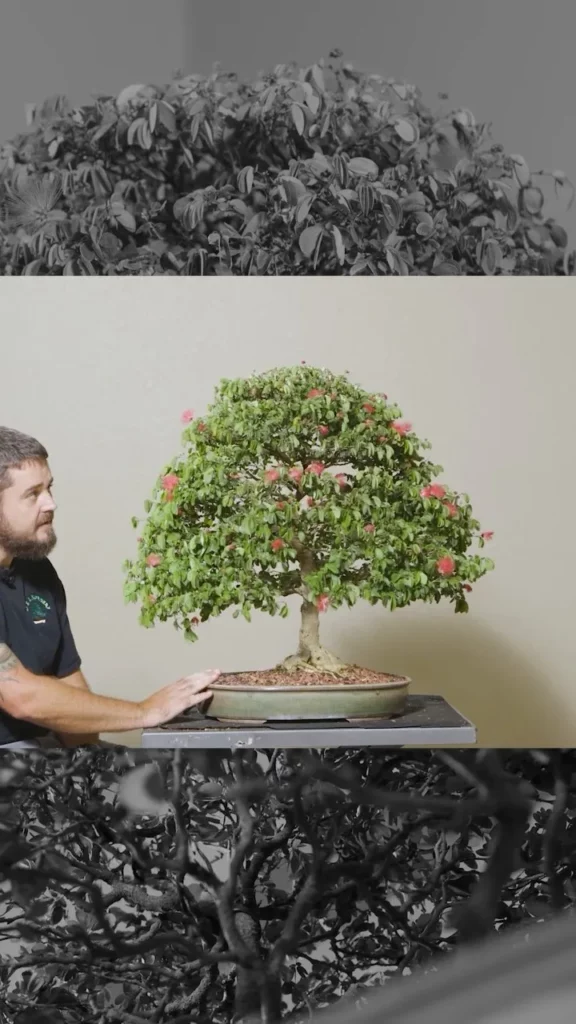
Proper watering is essential for the health and well-being of your Black Olive Bonsai. Follow these watering tips to ensure optimal growth and avoid common issues:
- Keep the soil moist: Black Olive Bonsai trees prefer well-moisturized soil. Water the bonsai thoroughly, allowing the water to penetrate the root zone. Ensure that the soil is evenly moist but not waterlogged.
- Avoid overwatering: Overwatering can lead to root rot and other problems. To prevent this, always check the moisture level of the soil before watering. If the top inch of the soil feels dry, it’s time to water the bonsai.
- Adjust watering frequency: The watering needs of your Black Olive Bonsai may vary depending on factors such as temperature, humidity, and the size of the pot. During hot and dry periods, you may need to water more frequently, while in cooler and more humid climates, less frequent watering may be required.
- Observe leaf color and vitality: The foliage of a properly watered Black Olive Bonsai should be lush and vibrant. If the leaves appear dull and droopy, it’s a sign that the tree needs more water. On the other hand, yellowing or wilting leaves can indicate overwatering.
Fertilizing Black Olive Bonsai



Proper fertilization is crucial for the healthy growth and vibrant foliage of Black Olive Bonsai trees. By providing the necessary nutrients, you can enhance the vitality and beauty of your bonsai. Here are some guidelines to help you fertilize your Black Olive Bonsai effectively:
- Use a balanced, slow-release bonsai fertilizer:
- A balanced fertilizer contains equal amounts of nitrogen (N), phosphorus (P), and potassium (K). This ensures that your Black Olive Bonsai receives all the essential nutrients it needs for optimal growth.
- Opt for a slow-release fertilizer specifically formulated for bonsai trees. This type of fertilizer gradually releases nutrients over time, providing a steady supply to your bonsai.
- Follow the product instructions:
- Different fertilizers have specific guidelines regarding dosage and frequency of application. Always refer to the product instructions for the correct amount and schedule.
- Typically, you will fertilize your Black Olive Bonsai during the growing season, from spring to early autumn. This is when the tree is actively growing and requires more nutrients.
- Avoid overfertilizing:
- While fertilizing is important, it’s crucial not to exceed the recommended dosage. Overfertilizing can lead to nutrient burn and damage to the bonsai’s root system.
- Monitor the health of your Black Olive Bonsai and adjust the fertilization accordingly. If you notice signs of nutrient burn, such as leaf discoloration or wilting, reduce the fertilizer dosage or frequency.
Potting Black Olive Bonsai


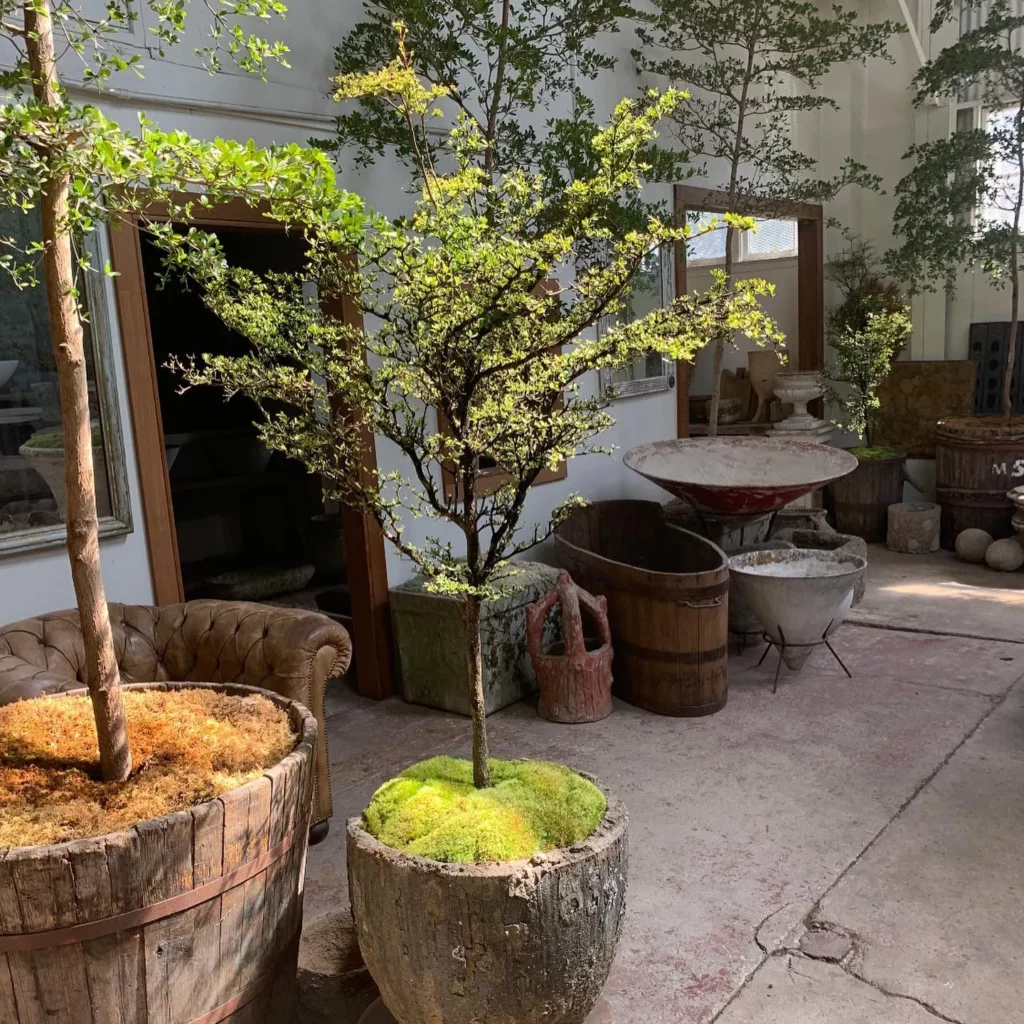
Regular repotting is crucial for the health and proper development of your Black Olive Bonsai. To ensure its vitality, it’s recommended to repot the bonsai every 2-3 years. This process helps refresh the soil, promote root growth, and maintain a compact root system.
Steps for Potting Black Olive Bonsai:
- Carefully remove the bonsai from its current pot, gently untangling any tangled roots.
- Inspect the root system, trimming and pruning any damaged or overgrown roots. This encourages the development of a balanced root structure.
- Select a well-draining bonsai soil mixture to promote proper aeration and moisture retention.
- Place a layer of soil at the bottom of the new pot.
- Position your Black Olive Bonsai in the center of the pot, ensuring that it is at the desired height and angle.
- Fill the remaining space in the pot with the bonsai soil mixture, gently pressing it down to secure the tree.
- Water the bonsai thoroughly after potting to settle the soil and hydrate the roots.
- Place the newly potted bonsai in a suitable location with proper light and temperature conditions.
- Monitor the tree closely after potting to ensure that it adjusts well to its new environment.
Propagation of Black Olive Bonsai
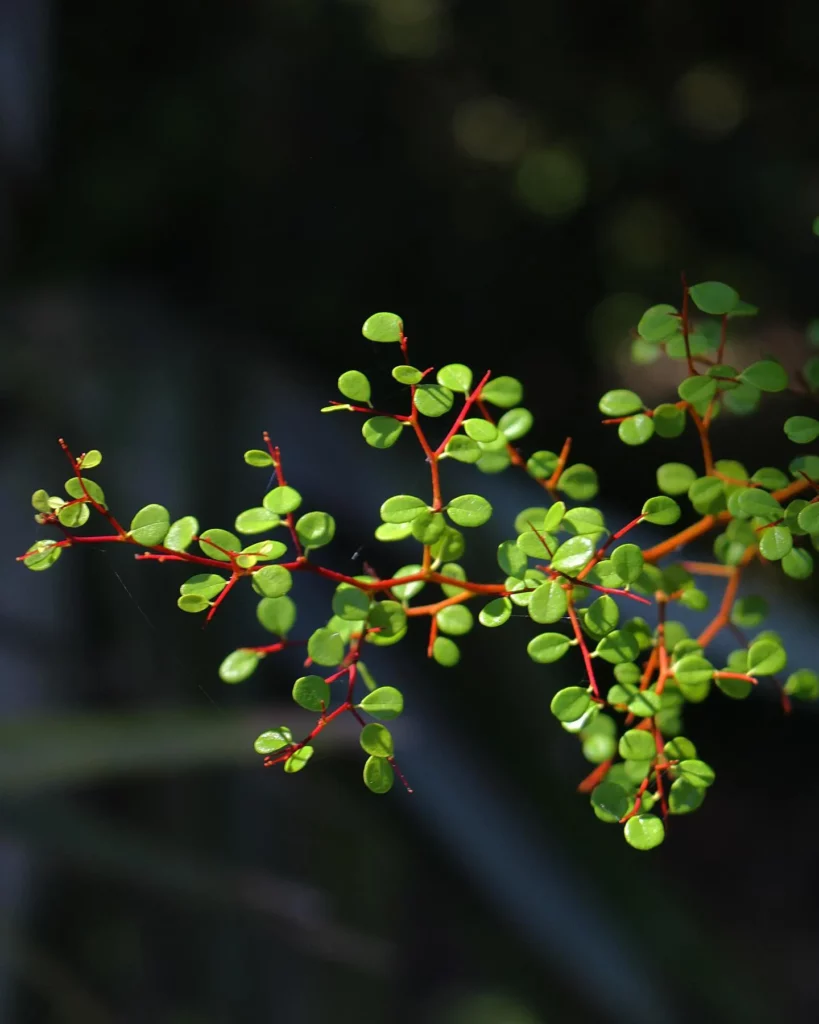
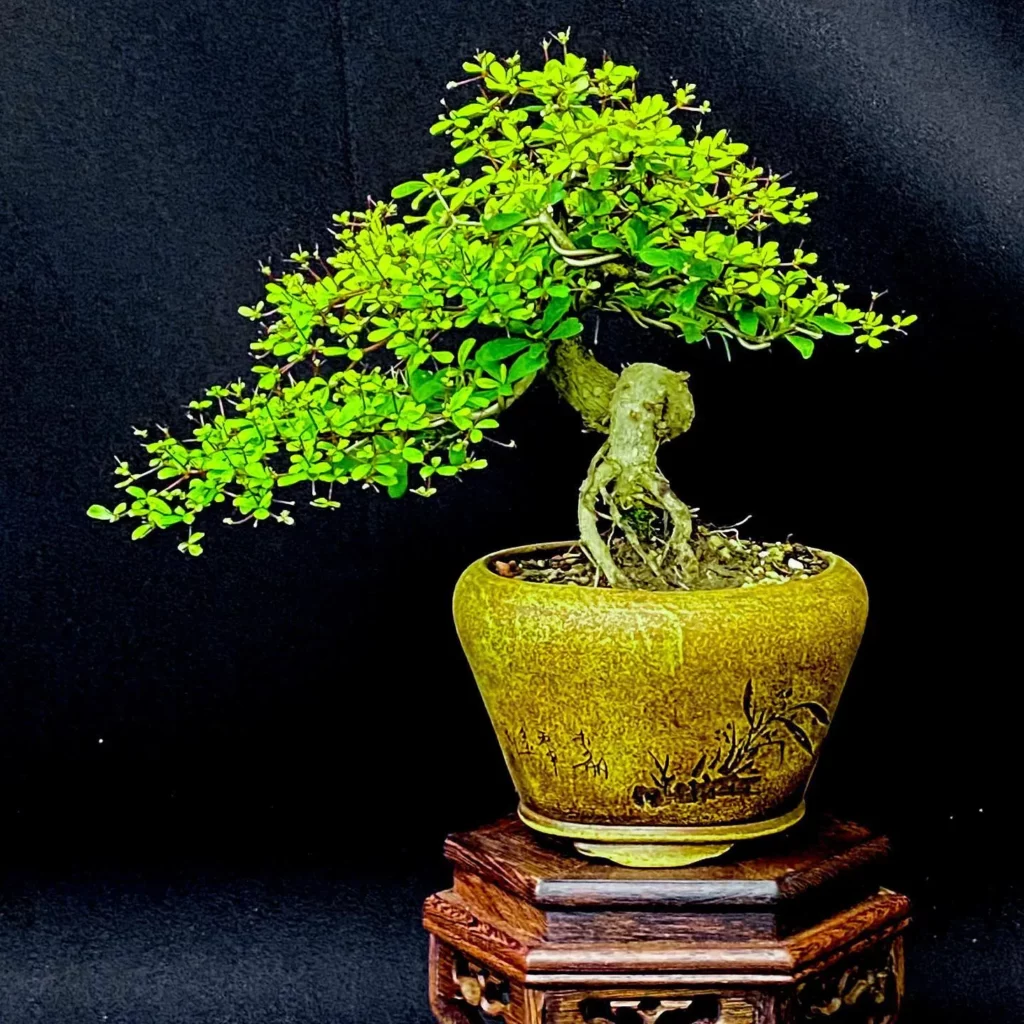
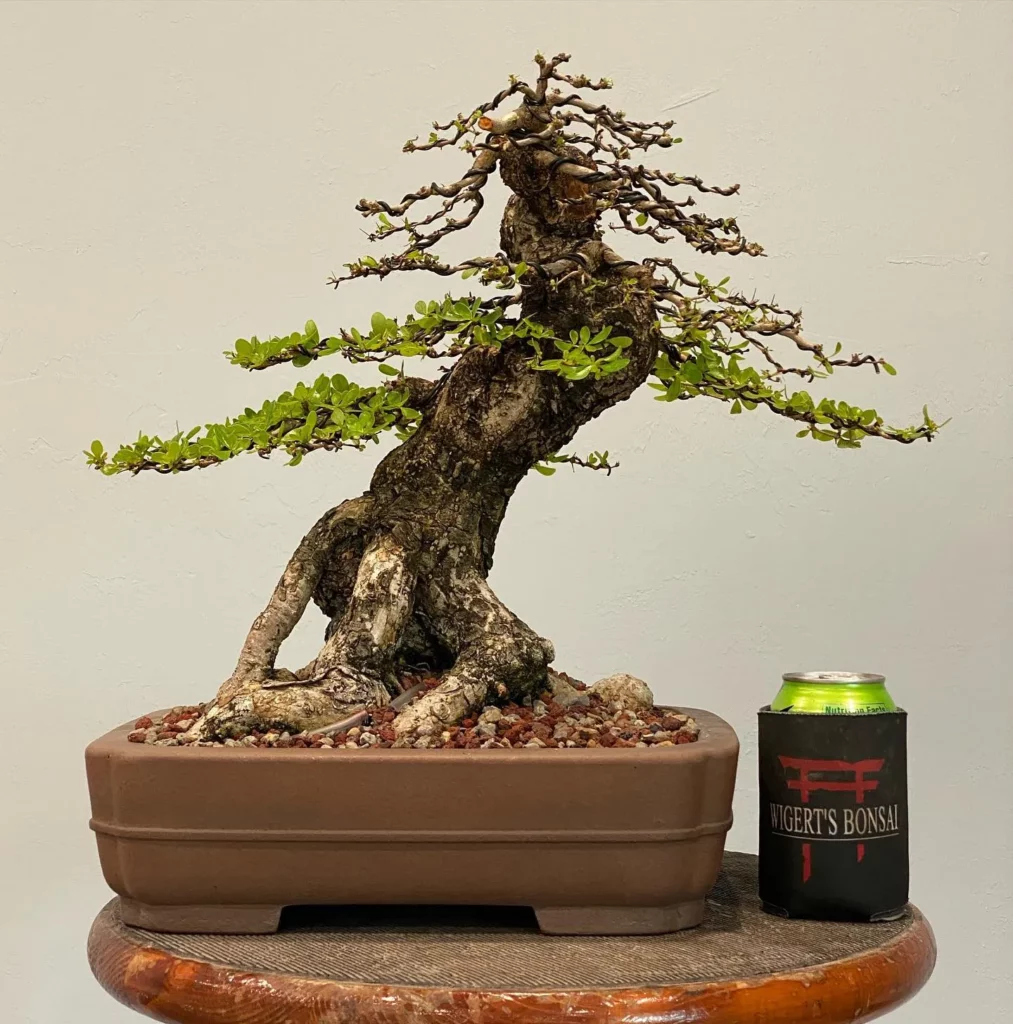
Black Olive Bonsai trees are propagated using various methods, each requiring different skills and experience. Take a look at the three commonly used propagation techniques for Black Olive Bonsai:
Seed Propagation
Seed propagation is the most common and straightforward method for growing Black Olive Bonsai. To start, plant the bonsai seeds in a suitable growing medium, ensuring they have proper moisture and warmth for germination. With patience and care, you can watch your Black Olive Bonsai tree grow from a tiny seed into a beautiful and elegant miniature tree.
Air Layering
Air layering is a more advanced technique used to propagate Black Olive Bonsai. This method involves creating a small incision in the trunk or branch of a mature tree and wrapping it with moist sphagnum moss. Over time, roots will develop in the moss, and once they are well-established, the branch can be cut and potted as a new bonsai tree, preserving the same characteristics as the parent tree.
Root Cuttings
Root cuttings are another method used to propagate Black Olive Bonsai. With this technique, small sections of the tree’s roots are carefully removed and planted in a suitable growing medium. These cuttings will develop into new bonsai trees, sharing the same genetic traits as the parent plant. Root cuttings require skill and experience to ensure successful propagation.
Growth and Development of Black Olive Bonsai
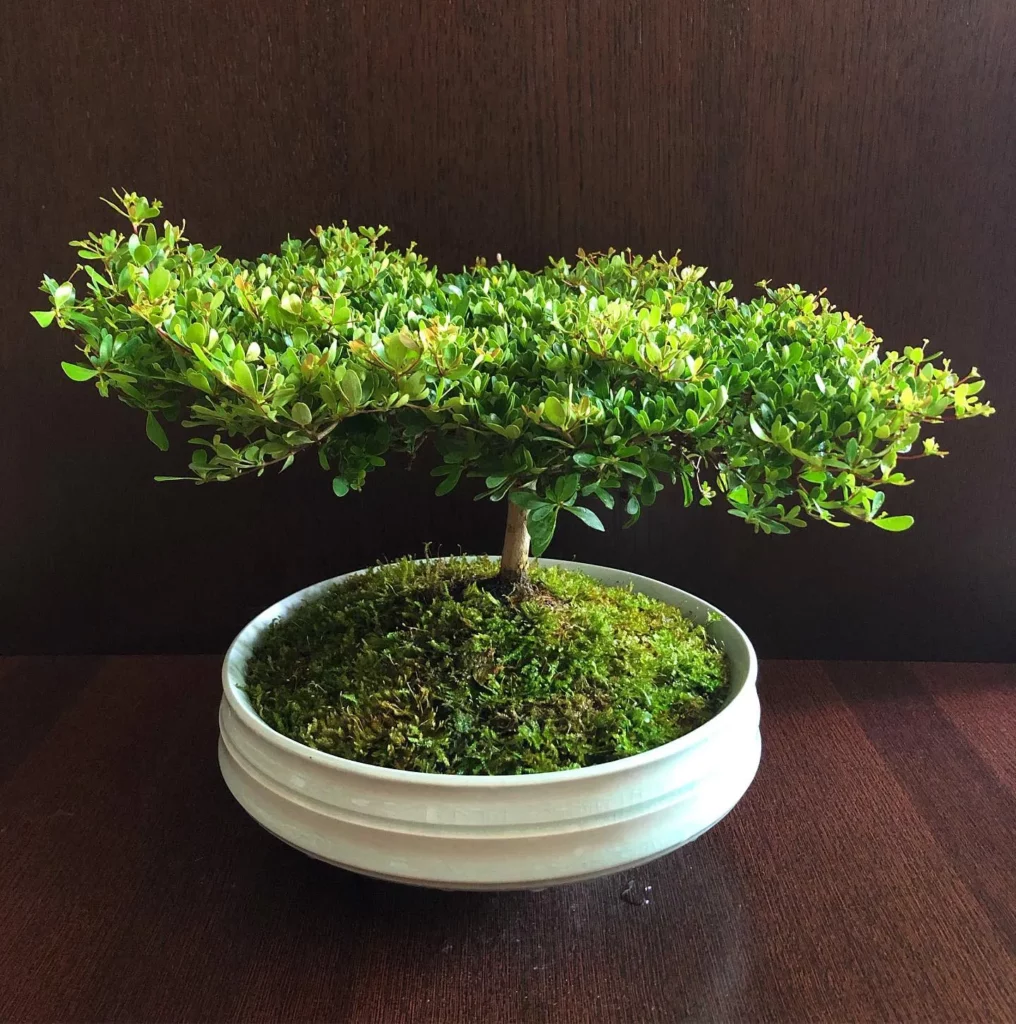
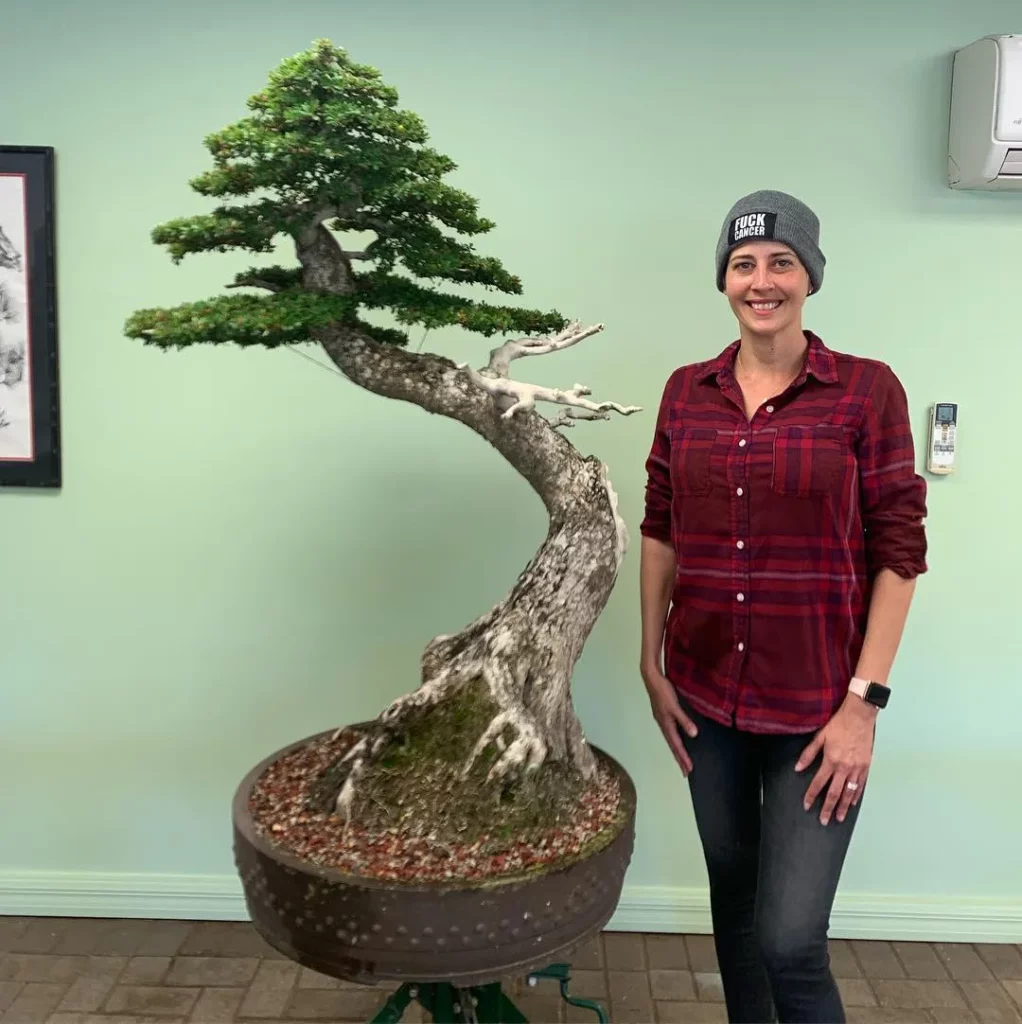

Black Olive Bonsai trees have a slow growth rate but can live for many years with proper care. Regular pruning and shaping are necessary to maintain the desired form and structure of the bonsai. The tree’s growth will adapt to the size of the pot, so ensure proper potting and repotting to accommodate growth.
Provide the bonsai with the right conditions to encourage healthy growth:
- Light: Place the bonsai in a location with bright, indirect sunlight for at least 6-8 hours a day. Adequate light exposure is essential for optimal growth and development.
- Water: Water the bonsai thoroughly, allowing the water to penetrate the root zone. Avoid overwatering, as it can lead to root rot. Regularly check the moisture level of the soil and adjust the watering frequency accordingly.
- Fertilizer: Use a balanced, slow-release bonsai fertilizer during the growing season to provide the necessary nutrients. Follow the product instructions for the correct dosage and frequency.
Pests and Diseases of Black Olive Bonsai
Like any plant, Black Olive Bonsai trees are susceptible to pests and diseases. Adequate pest control and disease prevention are crucial for the health and longevity of your bonsai.
Common pests that may affect Black Olive Bonsai include:
- Aphids: These small insects can cause damage by sucking the sap from the leaves and stems. Inspect your bonsai regularly for signs of aphid infestation, such as curled leaves or sticky residue. Use insecticidal soap or horticultural oil to control aphids.
- Scale insects: These pests appear as small, immobile bumps on the stems and leaves. They feed on the sap of the bonsai, causing yellowing and stunted growth. Remove scale insects by gently scrubbing the affected areas with a soft brush dipped in a mixture of water and mild detergent.
- Spider mites: These tiny pests are known for spinning fine webs on the leaves and stems of the bonsai. They feed on the plant’s sap, leading to discoloration and wilting. To control spider mites, regularly mist the bonsai with water to increase humidity and use insecticidal soap if necessary.
Diseases that can affect Black Olive Bonsai include:
- Root rot: Overwatering or poor drainage can lead to root rot, which is caused by fungal pathogens. To prevent root rot, ensure that the bonsai’s soil is well-draining and avoid overwatering. Remove and replace any affected roots and treat with a suitable fungicide if necessary.
- Fungal infections: Black Olive Bonsai trees can be susceptible to various fungal infections, such as powdery mildew or root fungus. Proper airflow, avoiding overhead watering, and maintaining proper hygiene practices can help prevent fungal infections in your bonsai.
Caring for Black Olive Bonsai: Tips and Tricks
To ensure the health and longevity of your Black Olive Bonsai, here are some care tips and tricks to follow:
- Provide proper light exposure: Place the bonsai in a location with bright, indirect sunlight. This will help the tree thrive and maintain its vibrant foliage.
- Water the bonsai regularly: Allow the soil to dry slightly between waterings. Overwatering can lead to root rot, so ensure proper drainage.
- Fertilize during the growing season: Use a balanced bonsai fertilizer to provide the necessary nutrients. Follow the instructions for the correct dosage and frequency.
- Repot every 2-3 years: Refresh the soil and promote root growth by repotting the bonsai. Choose a well-draining bonsai soil mixture and prune the roots during repotting.
- Regularly inspect for pests and diseases: Check the bonsai for any signs of infestation or disease. Take appropriate measures to control pests and ensure proper care to prevent common diseases.
- Prune and shape: Maintain the desired form and structure of the bonsai by regularly pruning and shaping the branches. This will help promote healthy growth and aesthetic appeal.
- Provide proper winter care: Protect the bonsai from extreme cold temperatures during winter. Consider moving the tree to a sheltered location or using protective coverings.
Conclusion: Embrace the Serene Beauty of Black Olive Bonsai
Black Olive Bonsai trees possess a captivating allure that brings a touch of elegance and tranquility to any living space. With their lush leaves and intriguing growth pattern, these bonsais are highly prized by enthusiasts. By following the care tips and tricks outlined in this article, you can cultivate and nurture a Black Olive Bonsai that will infuse your home or garden with serene beauty.
Embracing the sublime charm of Black Olive Bonsai is an opportunity to experience the joy of bonsai cultivation. Their captivating appearance, characterized by dark green leaves that remain vibrant all year-round, adds a distinct touch of nature’s splendor to your surroundings. With its high tolerance to salt, this bonsai variety is also suitable for coastal areas, enabling you to enjoy its serene beauty even near the sea.
FAQ
Why are Black Olive Bonsai trees highly valued among enthusiasts?
Black Olive Bonsai trees are highly valued for their lush leaves and intriguing growth pattern. They remain green all year-round and have a high tolerance to salt, making them suitable for cultivation near the sea.
What type of climate is best for Black Olive Bonsai trees?
Black Olive Bonsai trees thrive in warm climates with plenty of sunlight. They are best suited for tropical and subtropical regions.
How should I water my Black Olive Bonsai tree?
It is important to keep the soil moist but not waterlogged. Water the bonsai thoroughly, allowing the water to penetrate the root zone. Regularly check the moisture level of the soil and adjust the watering frequency accordingly.
How often should I fertilize my Black Olive Bonsai tree?
Black Olive Bonsai trees benefit from regular fertilization during the growing season. Use a balanced, slow-release bonsai fertilizer and follow the product instructions for the correct dosage and frequency.
How often should I repot my Black Olive Bonsai tree?
It is recommended to repot the bonsai every 2-3 years to refresh the soil and promote root growth. Use a well-draining bonsai soil mixture and trim and prune the roots during repotting.
What are the methods for propagating Black Olive Bonsai trees?
Black Olive Bonsai trees can be propagated through seed propagation, air layering, and root cuttings. Seed propagation is the most common method.
How fast do Black Olive Bonsai trees grow?
Black Olive Bonsai trees have a slow growth rate but can live for many years with proper care. Regular pruning and shaping are necessary to maintain the desired form and structure of the bonsai.
What are the common pests and diseases that can affect Black Olive Bonsai trees?
Common pests that may affect Black Olive Bonsai trees include aphids, scale insects, and spider mites. Diseases such as root rot and fungal infections can also occur.
What are some care tips for Black Olive Bonsai trees?
Some care tips for Black Olive Bonsai trees include providing proper light exposure, regular watering, fertilization during the growing season, repotting every 2-3 years, regular inspection for pests and diseases, and pruning and shaping to maintain the desired form and structure.






